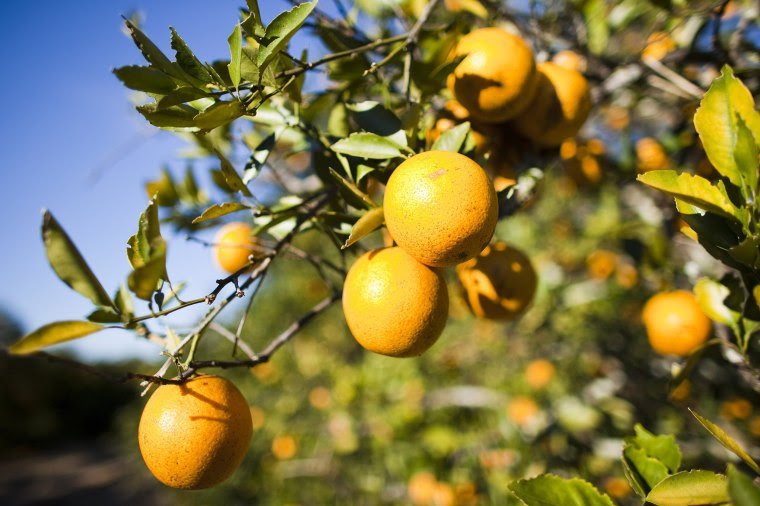The color of orange juice is no longer orange but yellow-gold as prices have soared, driven by fears that Hurricane Ian will reduce the crop in Florida, one of the two major producing regions in the United States.
For November delivery, futures on concentrated and frozen orange juice rose as high as US$2.01 per pound (about 450 grams) for the first time in nearly six years (December 2016).
The reason: Hurricane Ian, which swept through Florida last week, may have caused a total of between USD 28 billion and USD 47 billion in damage, according to an estimate by specialist firm CoreLogic. During its passage through Florida, Ian passed through Polk County, the state’s primary orange-producing region.
“In areas of the citrus belt,” the large citrus-growing region in south Florida, “many fruits fell from their trees,” the Florida Federation of Agricultural Bureaus said. Ian’s passage came in September, the start of orange picking, which runs through June depending on the area and variety.
“Our first observations noted significant fruit drops,” agreed in a statement Alico, one of the two orange giants in Florida, along with the Texas-based King Ranch Group. “Based on previous storm events,” Alico continued, “we expect it will take at least two seasons for orchards to return to pre-hurricane production levels.”
Florida, the longtime leading orange-producing region in the U.S., had ceded its throne to California this year after being hit by the so-called yellow dragon disease, also known as Huanglongbing disease (HLB), which can disrupt citrus ripening and cause premature fruit drop.
It is carried by the psyllid, a tiny insect, vector of a bacterium, which causes yellowing of the leaves, then deformation of the fruits, until affecting the whole tree, due to the shrinkage of its vascular system.
Affecting Florida for the first time in 2005, it has contaminated almost all the orchards in the state. There is no known treatment for this disease. Production in Florida for the 2021-22 season, which ended in June, was down by 23%. California accounted for 55% of production, compared to 44% for Florida.



Comment here